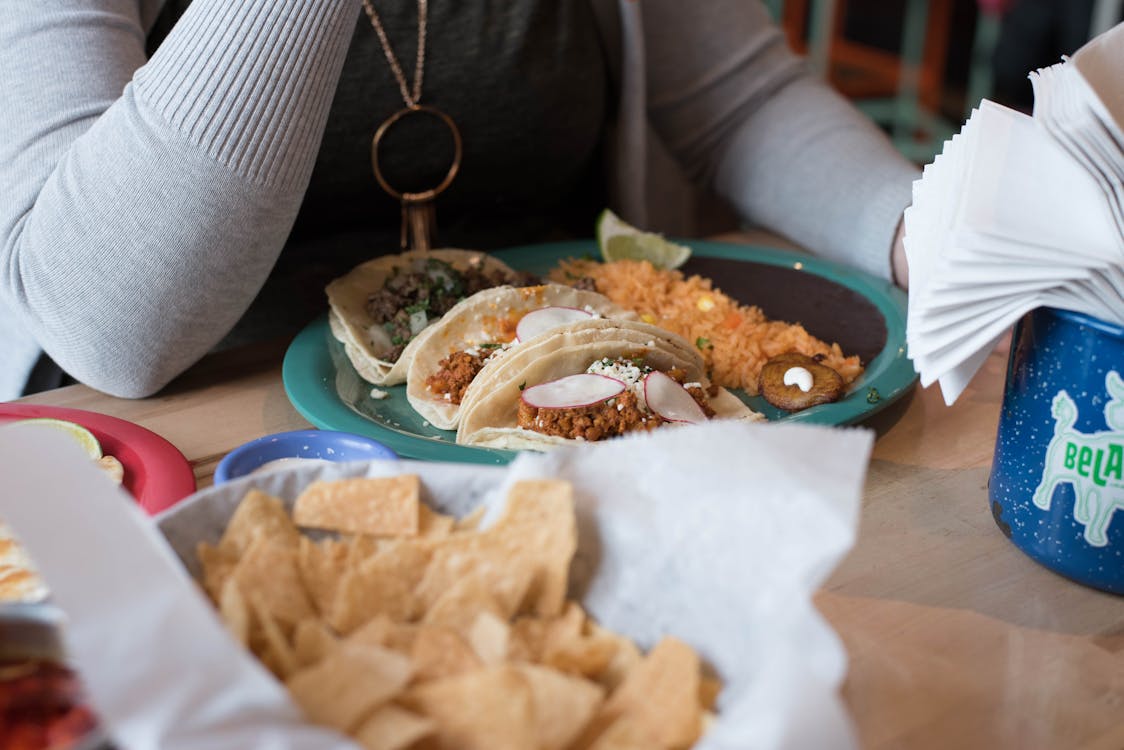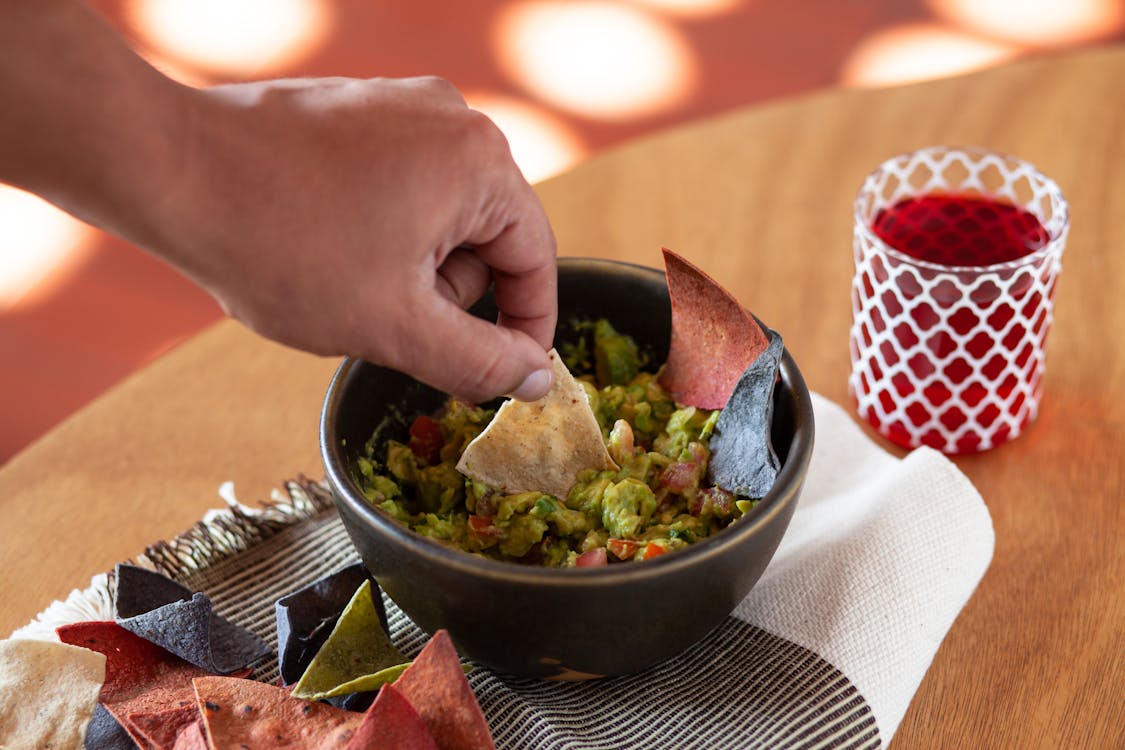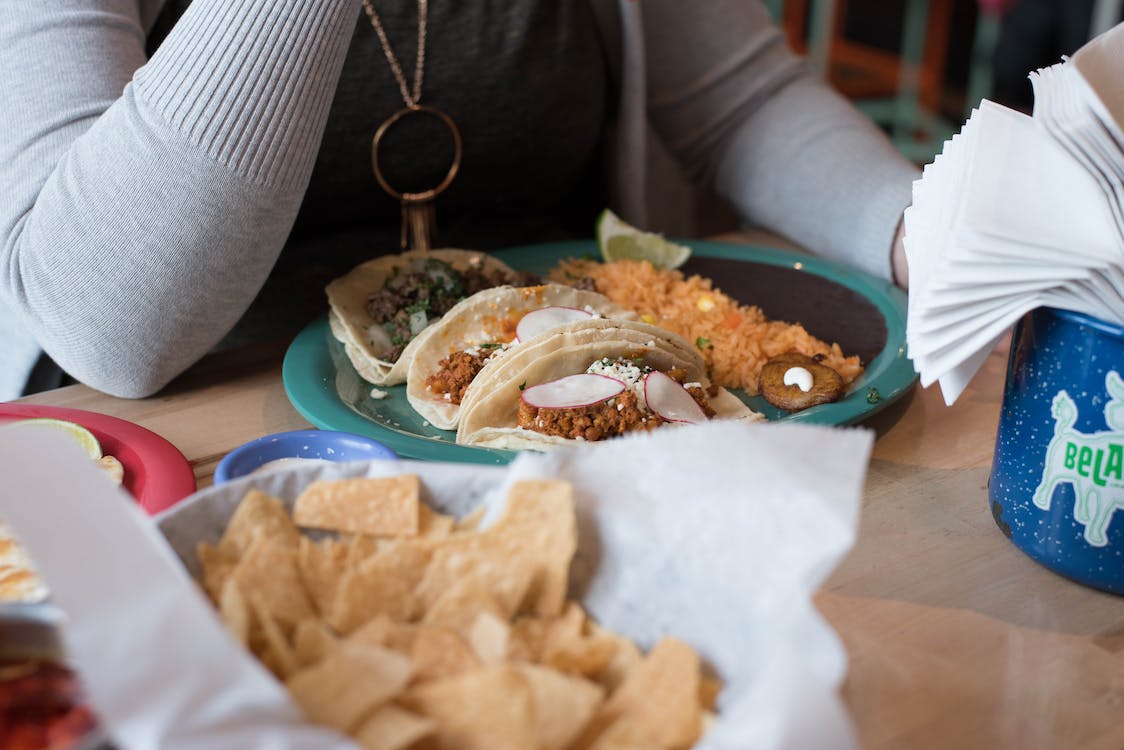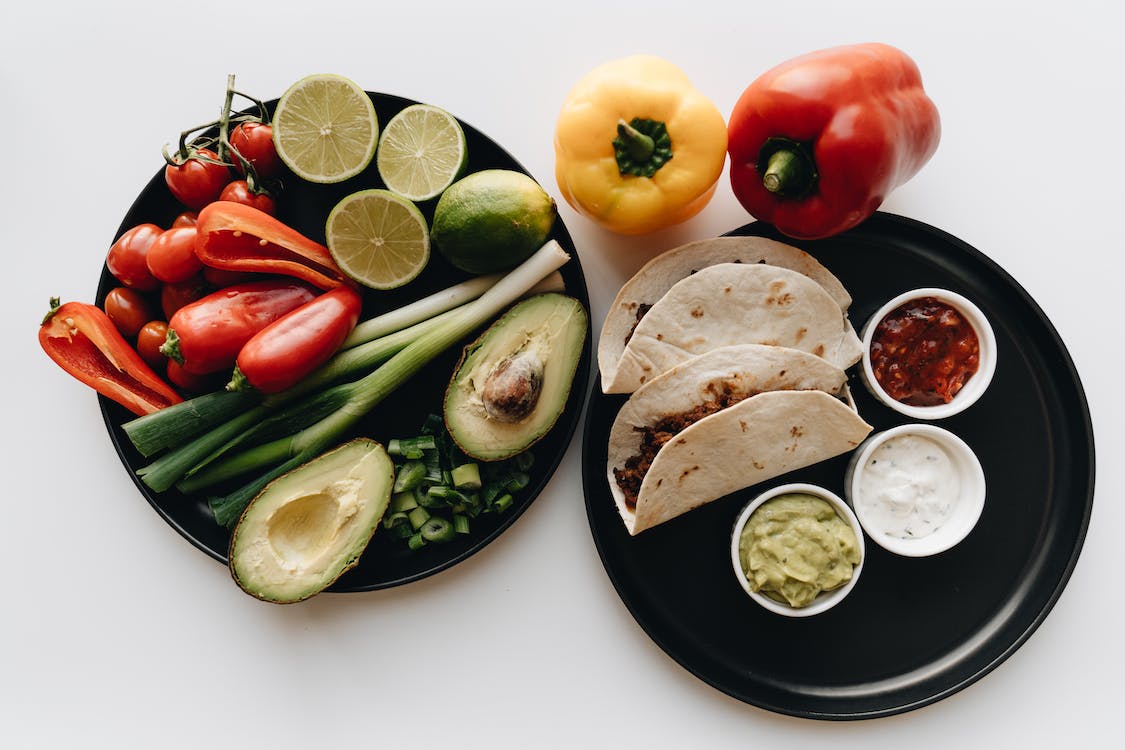What’s the Difference Between Mexican and Tex-Mex Dishes? Here are The Answers for You!

Tex-Mex Dishes, photo by Chitocan C. on Pexels
Tantalizing aromas, bold flavors, and a rich tapestry of culinary traditions - Mexican and Tex-Mex cuisines have firmly established themselves as global favorites. Well, chances are, you’ve knowingly eaten various Tex-Mex dishes, unless you hate tacos or nachos. Still, chances are also unknowingly consumed it. Yet, despite their popularity, differences between mexican and tex-mex dishes can be a puzzle for many. Are they one and the same, or do they possess distinct characteristics that set them apart?
In this article, we'll delve into the differences between Mexican and Tex-Mex dishes, uncovering the subtle yet significant distinctions that make each cuisine a unique gastronomic experience.
What is a Tex-Mex Dishes?

What is a Tex-Mex Dishes? Photo by DLKR on Pexels
Tex-Mex cuisine is a vibrant and delectable fusion of Mexican and Texan culinary traditions. Originating in the border region of Texas and Mexico, this flavorful genre of food combines the bold and spicy flavors of Mexican cuisine with the heartiness and comfort of Texan cooking. It's a marriage of two distinct culinary worlds that has given rise to a rich and diverse menu enjoyed by food enthusiasts around the globe.
History of Tex-Mex Dishes
The term of “Tex-Mex” itself comes from the two different words. The “Tex” represents Texas, and the “Mex” represents Mexico.
At its core, Tex-Mex cuisine embraces a wide range of dishes that reflect the cultural crossroads of the American Southwest. This style of cooking emerged in the 20th century when Mexican immigrants and Tejanos (Texans of Mexican descent) introduced their traditional recipes to the Texan culinary landscape. The result was a tantalizing amalgamation of ingredients and techniques that created a unique and beloved culinary tradition.
One pivotal moment in the history of Tex-Mex cuisine was the introduction of the chili con carne. The term "chili con carne" translates to "chili with meat" in Spanish, and this dish emerged as a cornerstone of Tex-Mex cooking. It is believed to have originated in San Antonio, Texas, in the late 19th century. A combination of ground or chopped beef, chili peppers, and various spices, chili con carne quickly gained popularity, becoming a staple in Texan cuisine.
So, What is Authentic Mexican Dishes?

Authentic Mexican Dishes, photo by Los Muertos Crew on Pexels
To truly understand what constitutes an authentic Mexican dish, it is essential to delve into the historical and cultural contexts that have shaped this extraordinary culinary tradition.
At its core, authentic Mexican cuisine is a celebration of fresh, locally-sourced ingredients. Staples like corn, beans, chilies, tomatoes, avocados, and various meats form the foundation of many dishes. These ingredients are thoughtfully prepared and combined to create harmonious flavors that showcase the natural essence of each component.
Authentic Mexican dishes are also characterized by their regional diversity. Mexico's vast geography, spanning deserts, mountains, coastlines, and fertile valleys, has given rise to a multitude of culinary traditions. For instance, the coastal regions boast an abundance of seafood, leading to dishes like ceviche and Veracruz-style fish. In contrast, the interior highlands are renowned for hearty stews and slow-cooked meats, such as the beloved birria.
Commonly Used Ingredients for both Tex-Mex and Authentic Mexican Dishes

Ingredients for Tex-Mex Dishes, photo by RDNE Stock Project
While Tex-Mex and authentic Mexican cuisines each have their distinct culinary identities, there exists a harmonious overlap in the selection of ingredients that form the foundation of these flavorful traditions. Here are some of the commonly used ingredients for both Tex-Mex and authentic Mexican dishes:
-
Corn: One of the most important ingredients in both Tex-Mex and authentic Mexican kitchens, corn is revered for its versatility. Corn masa, the dough made from ground corn, is used to create staples like tortillas, tamales, and corn chips (tostadas). This humble grain forms the backbone of many iconic dishes, embodying the enduring cultural significance of corn in both cuisines.
-
Chilies: Selection of chilies, from mild to fiery, infuses depth and character into dishes in both culinary traditions. Varieties like jalapeños, poblanos, and serranos are common in both Tex-Mex and Mexican cooking. They are used fresh, dried, or roasted to create salsas, moles, and sauces that provide the distinctive, spicy kick characteristic of these cuisines.
-
Tomatoes: Ripe, plump tomatoes are a universal element in Tex-Mex and authentic Mexican dishes. They serve as a foundational ingredient in salsas, sauces, and stews. Tomatoes contribute a vibrant acidity and luscious texture that enhance the overall flavor profile of a wide range of dishes.
-
Beans: Both cuisines incorporate an array of legumes, particularly black and pinto beans. Whether mashed, refried, or served whole, beans are a significant source of protein and add a comforting heartiness to various dishes like burritos, enchiladas, and bean soups.
-
Cilantro: This aromatic herb is a hallmark of both Tex-Mex and Mexican cooking. Its bright, citrusy notes provide a fresh counterbalance to the bold, savory flavors present in many dishes. Cilantro is often used as a garnish or integrated into salsas, imparting a burst of vibrant flavor.
-
Garlic and Onions: These aromatic alliums form the aromatic base of numerous Tex-Mex and Mexican recipes. They are sautéed, roasted, or blended to infuse dishes with a deep, savory undertone. Their presence is essential in everything from salsas to stews, contributing layers of flavor and richness.
-
Avocado: One of the most important fruit in both cuisines, avocados are transformed into creamy guacamole or sliced as a creamy garnish. Their buttery texture and mild, nutty flavor offer a luxurious contrast to the robust, spicy elements in Tex-Mex and Mexican dishes alike.
-
Cumin: This warm, earthy spice is a unifying element in Tex-Mex and authentic Mexican cooking. It imparts a distinctive smoky aroma and adds depth to dishes like chili, tacos, and various sauces, providing a comforting and familiar flavor profile.
Popular Tex-Mex Dishes You Should Try
Popular Tex-Mex Dishes, photo by Loren Castillo on Pexels
If you never tried tex-mex dishes, here are three popular dishes you should try:
1. Fajitas
Fajitas trace their roots to the ranches of South Texas, where Mexican rancheros and cowboys, known as vaqueros, shared a culinary crossroads. Traditionally, tough, inexpensive cuts of beef, like skirt steak, were used to feed ranch hands. These cuts were marinated to tenderize them and then grilled over an open flame. The term "fajita" itself is derived from the Spanish word "faja," meaning belt or sash, which refers to the cut of meat.
Over time, fajitas evolved from a rustic ranch dish to a culinary sensation. The popularity of fajitas skyrocketed in the 1980s, when savvy restaurateurs began serving them sizzling on a cast-iron skillet, creating an interesting presentation that captivated diners' senses.
2. Chili con Carne
Chili con Carne, often referred to simply as "chili," is a robust and flavorful dish that stands as a hallmark of Tex-Mex cuisine. Originating in San Antonio, Texas, this hearty concoction has become a beloved comfort food across the United States and beyond. Its rich history and versatile nature make it a cherished dish in households and restaurants around the world.
The term "chili con carne" translates to "chili with meat" in Spanish, a fitting description of the dish's main components. It's worth noting that the dish evolved significantly over time, incorporating various spices, ingredients, and preparation methods, leading to the diverse array of chili recipes we know today.
3. Enchiladas
Enchiladas, are a culinary masterpiece that encapsulates the essence of these vibrant cuisines. With their layered composition and harmonious fusion of flavors, enchiladas have secured a cherished place in the hearts and palates of food enthusiasts worldwide.
At the heart of enchiladas are corn tortillas, which are softened by briefly frying or dipping in a chili sauce. This process imparts a subtle smokiness and a touch of heat to the tortillas, making them pliable for rolling.
The fillings for enchiladas are diverse and can include a variety of ingredients such as shredded chicken, beef, cheese, beans, or a combination thereof. These fillings contribute layers of flavor and texture, creating a satisfying and well-rounded dish.
Best Tex-Mex Restaurants in Seminyak Bali
Best Tex-Mex Restaurants in Seminyak Bali, photo by StarWORKS Global
Seminyak, Bali, is a haven for food enthusiasts seeking diverse and delectable culinary experiences. Among the array of dining options, Rosalita's Cantina stands out as a vibrant gem, offering an authentic Tex-Mex dining experience that's not to be missed. For an unforgettable Tex-Mex experience in Seminyak, Bali, make your way to Rosalita's Cantina in Seminyak Square.
Experience the best of Tex-Mex at Rosalita's Cantina Bali. Book your table now and let the fiesta begin!
SUGGESTIONS


